No products in the cart.
Hair Care Guide
What’s Type 3C Hair? How is it different other hair type?
In the hair typing system, curly hair is categorized as type 3, which includes subtypes 3A, 3B, and 3C. It is important to note that each subtype possesses distinct characteristics. Type 3 hair exhibits a variety of curl patterns, with 3C featuring a tightly coiled corkscrew texture.
Continue reading the Jen Hair article to discover how to identify 3C hair type, effective care strategies, and a selection of products made to help you start your journey.
What Is Type 3C Hair?
Type 3 hair is characterized by distinct curls that can vary from loose waves to tightly coiled spirals, as explained by Sultan. A notable feature of type 3C hair is its specific curl structure. it consists of tight coils that possess significant volume and are densely packed together, creating a rich texture, according to Chamberlain.
Another method to identify this curl type is through its “spring factor,” which refers to the distance the curl stretches when pulled. Sultan notes that if your hair has a spring factor measuring between three to six inches, it is likely classified as type 3.
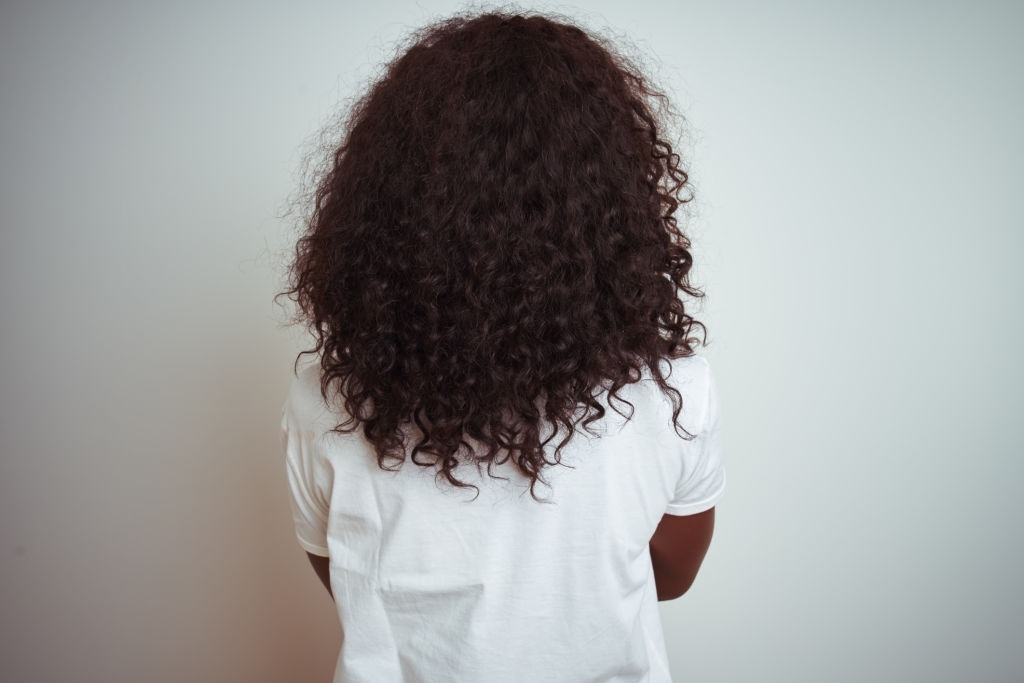
Type 3C hair exhibits well-defined curls that form a tight, S-shaped pattern. This hair type is typically dense, with individuals often having a mix of curly and coiled strands within their overall hair texture, as stated by Williams. Sultan further explains that the combination of curls and coils contributes to the thickness and texture of 3C hair, which is also delicate and prone to frizz.
Type 3C Hair vs Other Hair Types
In comparison to other hair types within the type 3 category, 3C hair features the tightest curls, which often form corkscrew shapes. This type of hair exhibits a greater degree of slip due to its loose and voluminous curl pattern. Additionally, it possesses a shiny appearance and retains its S-shaped curls even when stretched, as noted by Chamberlain. Williams further explains that 3C hair distinguishes itself from type 4 hair due to its slightly larger and more defined curls.
A key distinction between 3C and 4A hair lies in their density. According to Chamberlain, 4A curls are characterized by springy, S-patterned coils that approximate the circumference of a crochet needle. While both 3C and 4A hair types share an S-shaped curl, 4B strands exhibit sharp angles resembling the letter Z.
Consequently, 4B curls are more susceptible to frizz, which can complicate the maintenance of protective styles. Styles such as braid-outs and twist-outs may not endure as long on 4B hair. To achieve a more secure hold, products like gels and curling lotions are recommended to help clump the strands together and enhance the curl pattern, as stated by Chamberlain.
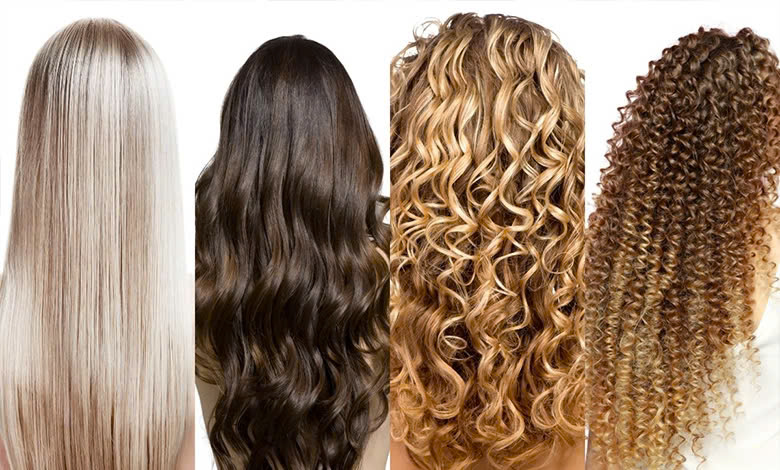
Similar to 3C hair, 4C hair is delicate and prone to dryness. Although all hair types produce natural oils, some struggle to distribute these oils along the hair shaft. Chamberlain notes that 4C hair can experience up to 75 percent more shrinkage compared to other types. Unlike 3C hair, the zig-zag pattern in 4C hair may be less discernible due to its tight shrinkage.
Both 3C and 4C hair types can experience dryness; however, it is particularly crucial to be cautious about product selection for 4C hair. According to Chamberlain, using excessive heavy oils and butters for moisturizing can lead to product buildup in 4C hair.
How to Care for Type 3C Hair
A range of practices can promote optimal health for 3C hair. Before establishing a care routine, individuals with 3C hair should consider how porosity levels affect their specific needs. Porosity—classified as high or low—refers to the hair’s ability to absorb and retain moisture, according to Chamberlain. Those with low porosity hair require heat to effectively absorb moisture and should steer clear of oils and heavy butters, as these products tend to sit on the hair’s surface and lead to product buildup.

Conversely, high porosity hair is adept at attracting moisture but can also lose it quickly; hence, Chamberlain suggests using moisturizing lotions or leave-in gels. Continue reading for additional expert advice.
- Prioritize Moisture: A successful 3C hair regimen should emphasize moisture, which is essential for maintaining strong, healthy curls across all hair types. In addition to utilizing preferred hair products, Sultan recommends incorporating masks weekly to enhance moisture retention.
- Maintain Regular Washing: Sultan advises against sulfates and silicones, recommending sulfate-free shampoos as a gentler alternative, particularly for those who wash their hair frequently or have chemically treated strands. Williams cautions against co-washing for type 3C hair due to potential long-term effects on scalp health and hair condition. While some 3C hair types may alternate co-washing with traditional shampoo, Chamberlain suggests that individuals with low porosity hair should avoid this practice entirely. Weekly clarifying treatments are necessary for low porosity hair to keep curls fresh, bouncy, and well-defined. For high porosity hair, washing 3C curls with cool or cold water is advisable to help close the hair’s pores.
- Incorporate Deep Conditioning: Regular deep conditioning is an effective method for infusing moisture into 3C curls. Williams defines deep conditioning as a process lasting 15 to 30 minutes that involves applying heat or steam along with a conditioning product.
- Utilize Curl Creams: Curl creams are beneficial for minimizing frizz, enhancing shine, and defining curls. Sultan recommends using products containing humectants, such as Imbue’s Curl Empowering Cream Gel, which provides moisture without drying out the hair.
- Select an appropriate leave-in conditioner: When choosing a leave-in conditioner for 3C hair, Sultan advises selecting a formulation that meets your moisture requirements and styling preferences. It’s important to examine the ingredients for hydrolyzed proteins, as these can lead to minor buildup that may result in breakage. If you opt for a leave-in conditioner containing hydrolyzed proteins, it should be used occasionally as a quick fix rather than as a substitute for your regular conditioner, according to Williams.
- Treat your curls delicately: 3C hair is more delicate compared to other type 3 curls, so it’s essential to avoid aggressive detangling. Refrain from twisting or pulling on the strands, as this can lead to breakage; however, Williams encourages gently running your fingers through your curls. Many individuals with 3C hair find it easier to detangle when their hair is wet, depending on their experience.
- Maintain regular trims: All hair types benefit from consistent trimming to promote health and maintain the natural curl pattern. In addition to regular trims, individuals with all curl patterns can gain advantages from protein treatments every six to eight weeks. Chamberlain notes that these treatments strengthen the fundamental structure of your hair.
- Protect your curls: It is well understood that your nighttime hair care routine is equally crucial as your daytime styling. Utilizing a satin or silk scarf or bonnet can safeguard your hair overnight by helping to retain moisture and reduce friction. Simple styling methods are effective for 3C hair, so it’s advisable to minimize manipulation before sleep. Williams suggests securing hair in large, loose jumbo twists prior to covering it. For added protection, both Chamberlain and Sultan recommend using a satin or silk pillowcase, especially if a silk bonnet is not available.
The Best 3C Hairstyles and Cuts
3C hair offers considerable versatility, allowing for a wide range of cuts and styles. Sultan suggests considering the mullet and curly lion’s mane, which have gained popularity among individuals with type 3 and 4 hair globally. This particular cut is adaptable and looks striking when styled with bangs.
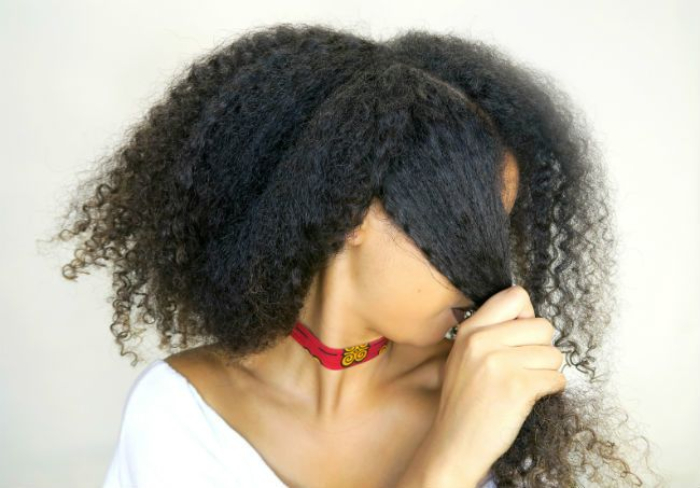
It unapologetically celebrates curly hair and serves as a bold statement of curl confidence, according to her insights. Williams also recommends styles such as bantu knots, topknots, mohawks, bangs, and layered cuts. As a stylist, it is crucial to take into account the client’s face shape, lifestyle, and the current condition of their hair. Additionally, styles will differ based on hair density and length.
In short
Growth plays a significant role in determining the most suitable cuts and styles for 3C hair, influencing both the longevity and overall appearance of the style. Chamberlain notes that the formation of curls reflects how hair follicles are growing from the scalp; flatter or oval-shaped follicles result in curlier hair, while more circular cross-sections lead to straighter hair.
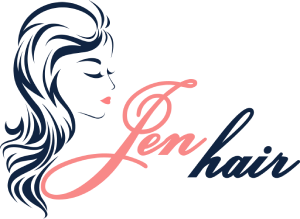
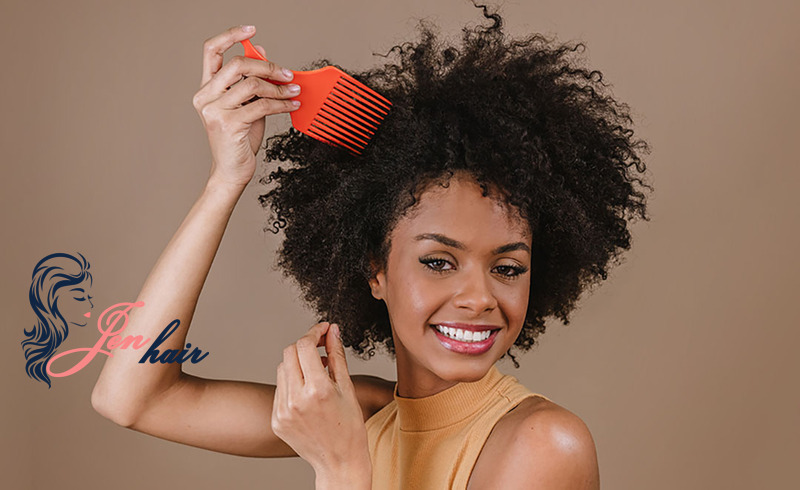 Guide Cornrows With Side Part The Best For Beginner
Guide Cornrows With Side Part The Best For Beginner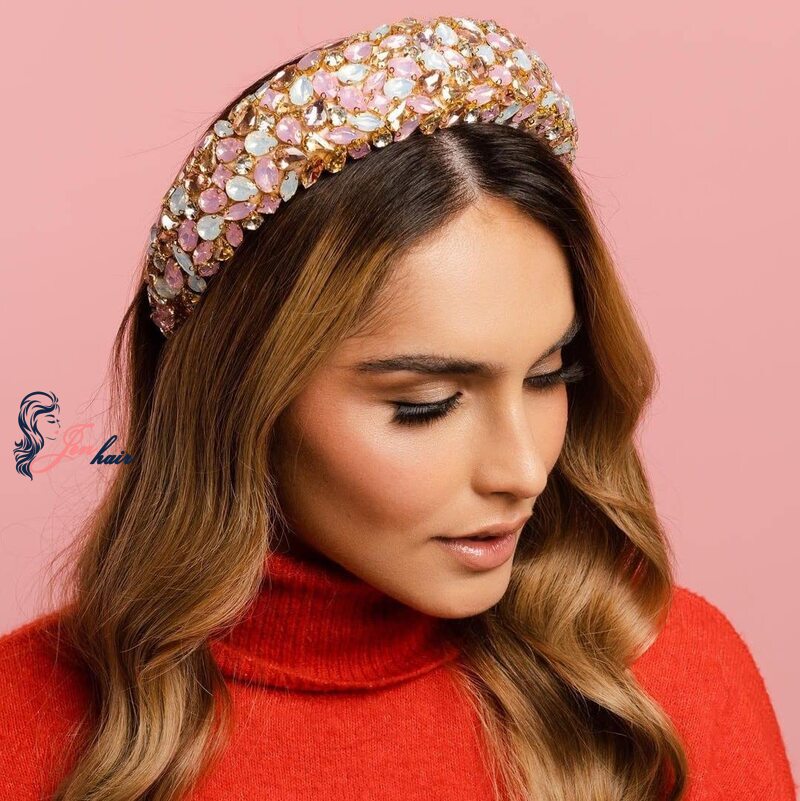 Ultimate Guide: Headband with Hair Attached (Best Styles for 2025)
Ultimate Guide: Headband with Hair Attached (Best Styles for 2025)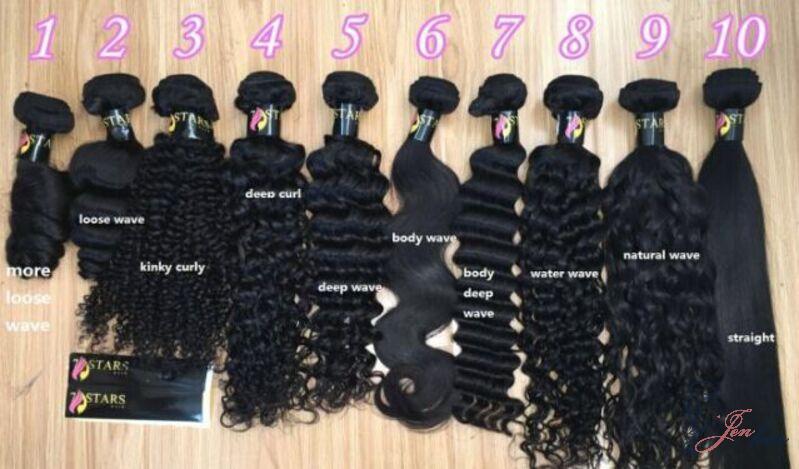 Human Hair Clip In Extensions For Black Hair For Thin Hair
Human Hair Clip In Extensions For Black Hair For Thin Hair
